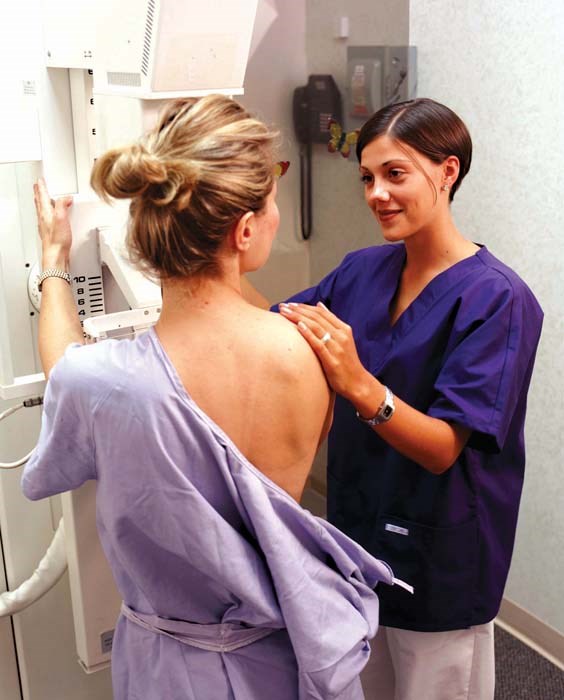For years women have been told they should be getting screening mammograms annually starting in their forties. New research on the efficacy of such screening, and the drawbacks, suggests this is no longer the right way to go. What is the right strategy?
According to the Canadian Cancer Society, screening in a woman’s forties is no longer automatic. Rather, they recommend talking to your doctor about your risk of breast cancer, along with the benefits and risks of mammography. Women aged 50 to 69 should have a mammogram every two years; those 70 or older should talk to their doctors about frequency. Of course, all these guidelines are for women with an average risk of breast cancer. Women at higher risk such as those with family history or personal risk for cancer may need more frequent and earlier screening, again, based on medical advice.
This seems to be a significant change in policy for screening mammograms, and indeed it is. It may lead to an obvious question: Who could possibly be against regular mammograms if they can identify cancer early in its development?
In a perfect world, a mammogram would clearly identify a cancerous lump and guide the treatment to rid it from the body. But we do not live in a perfect world. A mammogram today is far superior to one a few decades ago, but it is still open to interpretation and error. And that’s where we see errors such as false positive or worse, false negative results.
Without going into the mechanics of statistical models, we know that in order to save the life of one woman in her fifties, some 1,250 women will have been screened for 10 years. But who could challenge the benefits of saving that one life? We must also consider the others who have been tested? What will their tests offer up?
There are three main problems with screening mammograms (indeed, many medical tests). First is the danger of false positive results. That is when a cancer has been “found” but in fact, it is not present. Such results lead to anxiety, stress and perhaps additional painful but unnecessary tests such as biopsies to rule out cancer. Research has shown that in younger women the rate of false positives is higher, leading to uncertainty whether regular mammograms for women under 50 save lives.
The second problem is with false negatives. This is when a cancer is present but is not detected. This may lead the physician to ignore other symptoms that suggest the presence of cancer and delaying diagnosis and treatment.
There is also a situation where certain cancers may never cause any symptoms or reduce life expectancy. Since research indicates that most breast cancers are harmful, any detected cancer should be treated as soon as possible. Few physicians and fewer individuals are likely to take a “wait and see” approach. This can lead to over-diagnosis and with it, treatment that could include surgery, chemotherapy, radiation or medication, each of which can lead to serious harms.
How does a person decide when even the experts can’t agree? Women of average risk for breast cancer should start talking to their health care providers around age 40 to at least learn the risk factors, limitations, benefits and harms of mammograms. And they should make the decision with as much knowledge as possible.



